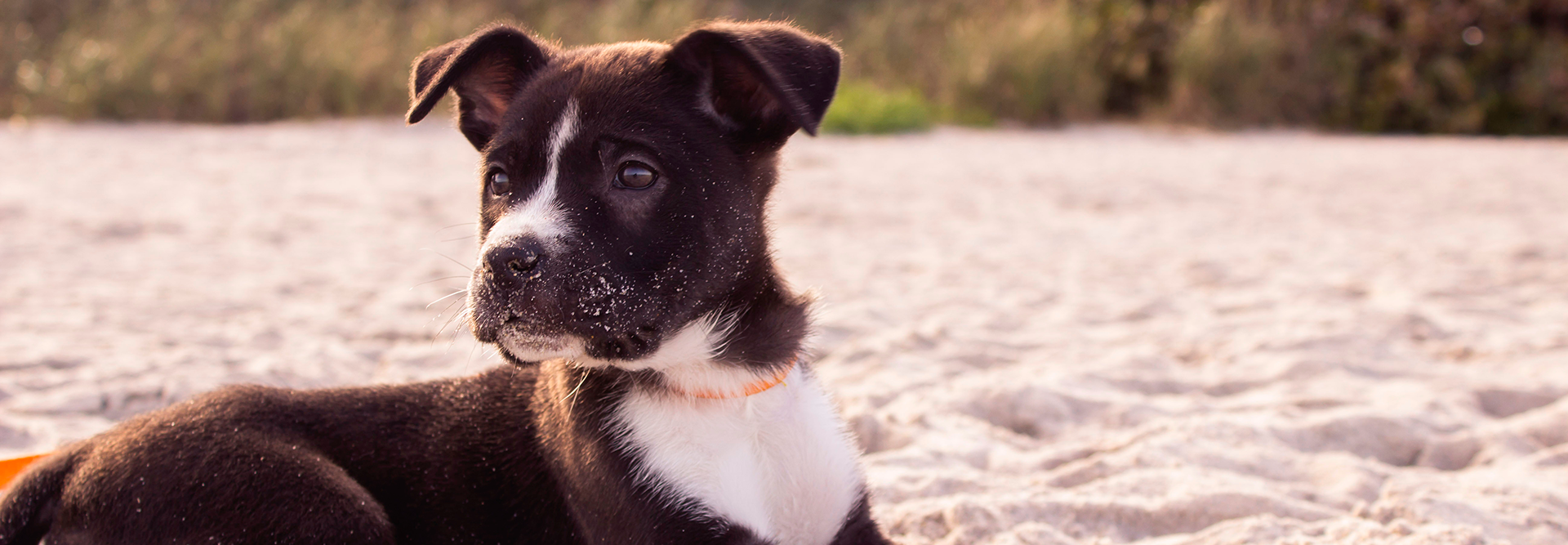
As a puppy parent, keeping your puppy safe and happy is your number one priority. Unfortunately, no matter how nutritious your pup’s food is or how many times you take them on vet visits, there’s always a chance they can get sick.
As a puppy parent, keeping your puppy safe and happy is your number one priority. Unfortunately, no matter how nutritious your pup’s food is or how many times you take them on vet visits, there’s always a chance they can get sick. Some of these illnesses are caused by one common pest: ticks.
These little critters are arachnids like spiders, but they’re a bit different. Ticks are parasites, living off the blood of warm-blooded hosts like dogs and humans. They typically live in wooded areas and love to feed during warmer months. Your puppy may catch a few ticks on their feet and ears without realizing it—this can lead to serious illnesses like Lyme disease.
If you are wondering whether your puppy is the victim of a tick bite, read on to find out what the signs are and what you can do to protect your furry friend!
Your puppy can suffer from varying symptoms through a tick bite, including blood loss, itching, and anemia. Most symptoms depend on the type of tick that bites your pup. Your furry friend may also suffer from some serious complications such as:
Ticks come in all shapes and sizes. While some are particularly small, you can easily spot a tick if you look through your puppy’s fur. The best way to check for ticks in your pup is to feel their fur and skin—if you feel a bump, make sure to carefully inspect it. Usually, it’s easy to tell when there’s a tick on your pup after you closely look at it.
Many puppy parents make the mistake of removing ticks from their puppies by pulling them with their fingers. Word of advice: avoid doing this at all costs. Pulling a tick can cause you and your fur-baby to come into contact with tick blood, which carries various diseases (Lyme disease and tick-borne illness, for example). Instead, follow the next steps to properly remove a tick from your puppy and prevent infection to the bite area.
Make sure to take your puppy to the vet, even after you’ve removed the tick. You should also wash your hands and clean the tweezers with a disinfectant.
From collars to topical creams, there are many ways you can prevent ticks from latching onto your cuddly friend. Some of these products also kill fleas and other pests. If you live in a wooded area or have a backyard, we highly recommend using a flea and tick prevention products to help keep your puppy safe and healthy. You can also stop by Petland to check out what products are the best for your furry cutie!
We hope these tips help you keep your puppy healthy and clean. Remember to avoid squeezing or pulling at a tick; be gentle with every motion. If you have trouble removing the tick or aren’t comfortable with it, visit your vet for their help. We at Petland care deeply about the wellbeing of your adorable pup. Our Pet Counselors are adept at answering any questions or concerns you may have about your puppy’s health, including tick prevention and other healthy measures.
You can also check out our blog, 6 Signs Your Puppy is Healthy to learn whether your puppy is healthy!